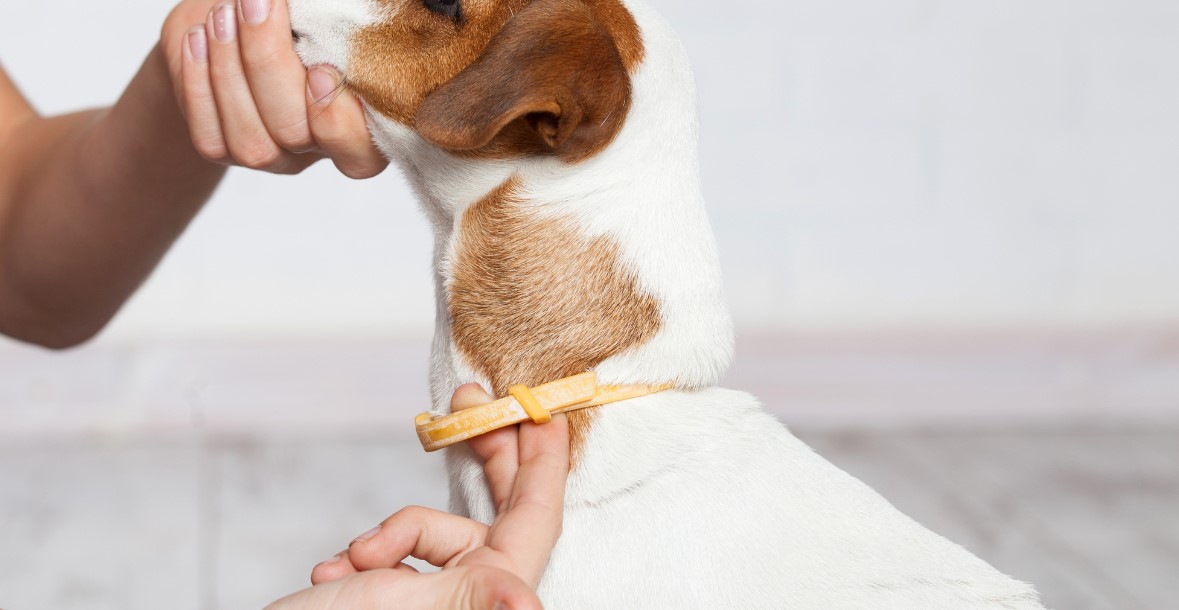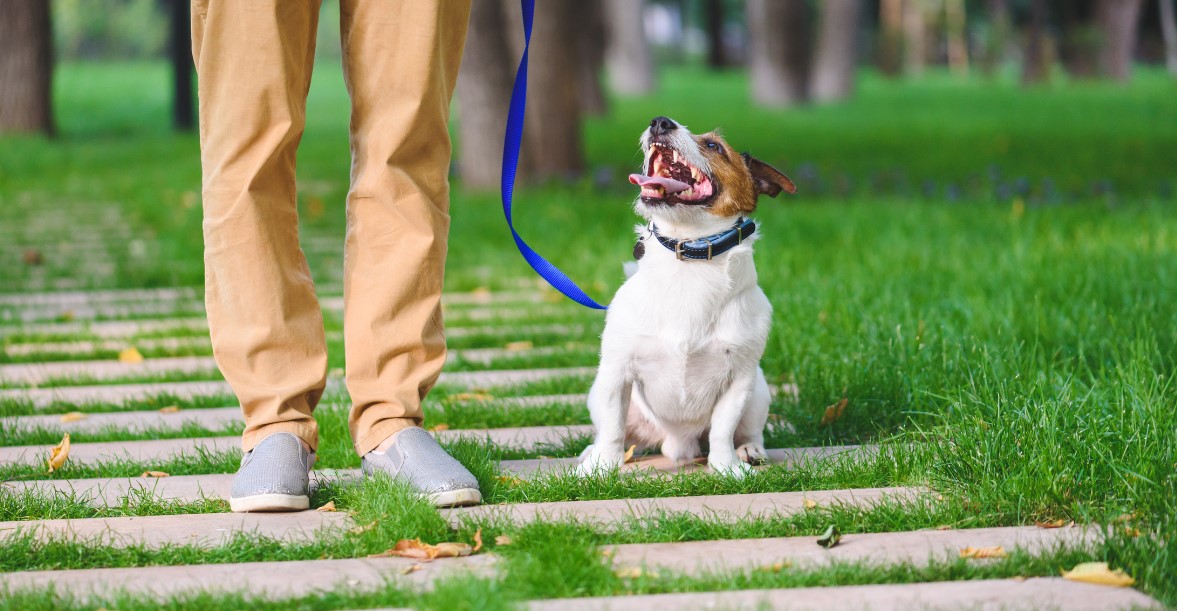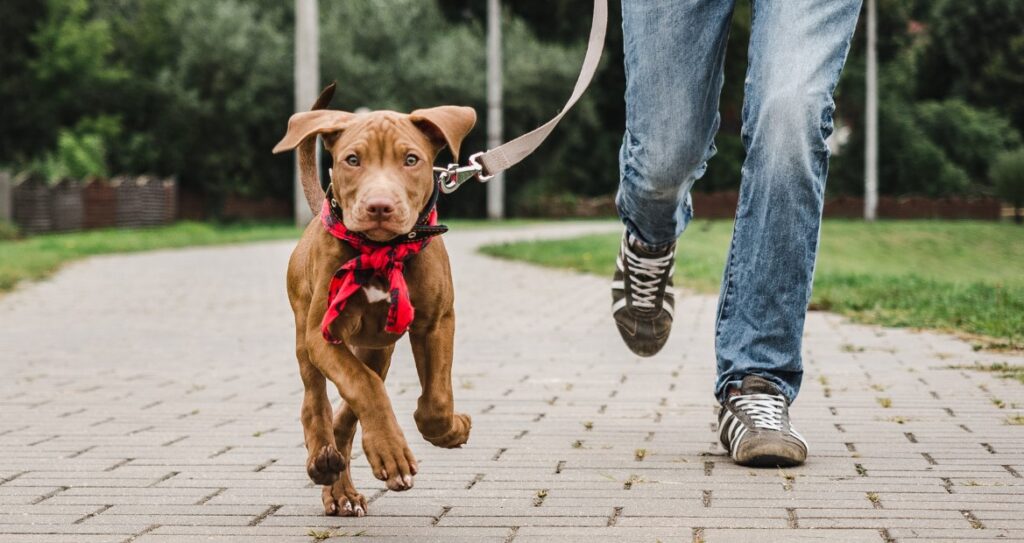This article is provided courtesy of Scoopy Doo NY Dog Waste Removal Service.
If you’re a new puppy parent, you might be finding it tough to teach your furry pal how to walk on a leash. Don’t fret! It’s normal for pups to pull and run in all directions, leaving you feeling frustrated. But worry not, my friend! I’ve got some tips that’ll help you and your puppy get off to a great start.
1. Choose a proper leash and collar
A standard 4-6 feet leash made of nylon or leather is ideal for training. This type of leash allows you to keep control of your puppy while giving them room to explore. Avoid retractable leashes, as they don’t provide the necessary control for training purposes. Additionally, choose a collar that fits properly, allowing for two fingers to fit between the collar and your puppy’s neck. Flat buckle collars are good for training, and a quick-release buckle is a safe choice in case your puppy gets into trouble.
2. Get your puppy used to wearing the collar and leash

Start by putting the collar on your puppy for short periods of time during the day while you are supervising them. This will help them to get used to the feeling of something around their neck. Once your puppy is comfortable wearing the collar, attach the leash to it and let your puppy drag it around behind them while you supervise them. This will help them get used to the feeling of the leash tugging on the collar.
3. Start with short walks in a quiet area
This approach is particularly useful for puppies that are easily distracted or overwhelmed in busy settings. By taking your puppy to a calmer location, they will be able to focus more easily and build their confidence as they explore their surroundings. This will prevent them from getting frightened or anxious and will enable them to develop a positive association with going on a walk with their leash. Aim for 5-10 minute sessions, gradually increasing the time as your puppy becomes more comfortable and confident on the leash.
4. If your puppy pulls, stop and wait until they relax
One effective technique for dealing with pulling is to simply stop walking and wait until your puppy relaxes. This can be done by standing still, holding the leash firmly in your hand, and waiting patiently until your puppy stops pulling and remains still beside you. Once they’ve calmed down, you can continue your walk, and use this technique as many times as needed to establish positive leash-walking habits with your furry friend.
5. Praise your puppy and offer rewards for good behavior

Every time your puppy walks calmly by your side, stop and offer verbal praise as well as a small treat. This will help your puppy associate good behavior with positive reinforcement, which will encourage them to continue walking calmly on a leash. Rewards should be given immediately after good behavior, and treats should be small and healthy to avoid overfeeding your puppy.
With these tips, you’ll have a well-trained puppy that enjoys going for walks with you in no time.






